The Best Diet for People with Celiac Disease
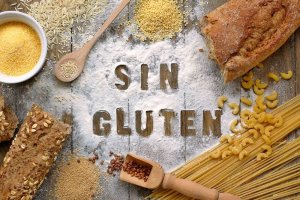

Written and verified by the nutritionist Eliana Delgado Villanueva
The only treatment for celiac disease is to follow a strict gluten-free diet throughout life. This can make you feel better, as well as repair any intestinal lesions.
A gluten-free diet is based on eliminating any product that has wheat, barley, rye, and oats. Some foods like flour, bread, pasta, and pastries are usually made with these grains.
What is celiac disease?
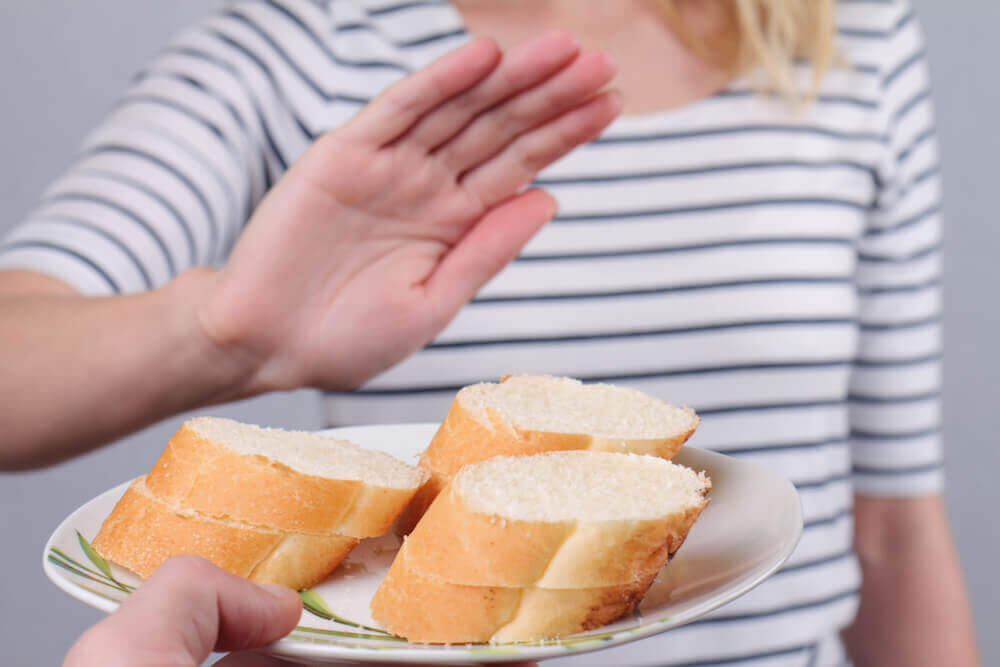
Celiac disease is a chronic immune system disease of the digestive system. It occurs when the body has a permanent intolerance to a protein called gluten. This is present in some cereals such as wheat, oats, barley or rye.
When a person with this disease eats food that has gluten, the small intestine lining is injured. Therefore, it reduces its ability to absorb nutrients.
Without treatment, people with celiac disease can be malnourished and develop various associated diseases.
Also read: Gluten-free Recipes Full of Carbohydrates for Celiacs
Gluten-Free Diets for People with Celiac Disease
Juan Ignacio Serrano of the Association of Celiac and Gluten Sensitivity states, “For every case diagnosed with celiac disease, between five and eight are still undiagnosed. If you add the people who have intentionally chosen to stop eating gluten, it’s not surprising that the gluten-free diet is booming.
However, fortunately, the days of having trouble in restaurants are gone. Additionally, you don’t need to give up dishes you love, and it’s much easier than ever to find gluten-free products that aren’t expensive and taste great.
Serrano explains, “Following a gluten-free diet is a way to follow a natural diet and lead a healthy life. Celiacs look at labels more than anything else, avoid processed foods, and eat fresh foods.”
Beyond just avoiding gluten-free bread and pasta, there are many other kitchen tricks and tips for people with celiac disease.
Here are some tips for cooking gluten-free:
1. Try new flours for celiac disease
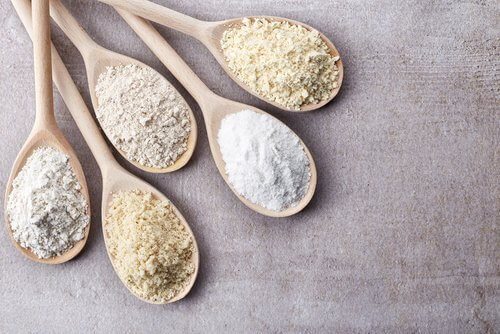
Who needs wheat, oats, or buckwheat?
These new flours are amazing: rice, almond, soy, tapioca, cauliflower, and chickpea.
You can also use superfood flours like quinoa or yucca. These flours are perfect for people with celiac disease. With these new and popular flours, gluten-free diets don’t need to be boring at all!
2. Use main ingredients that don’t have gluten
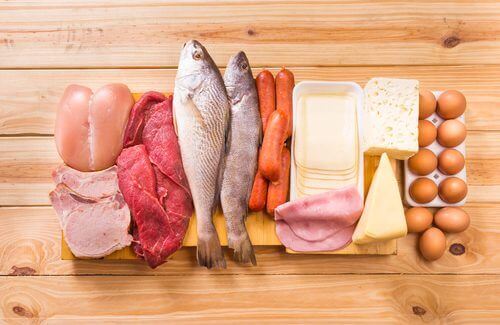
For example, you could eat meat, fish, eggs, fruits, and vegetables regularly.
3. Make your own sauces and batter
When making or thickening any sauce, it’s best to use sifted cornflour to prevent any lumps from forming.
If you want bread, you can make it with mashed potato flakes, ground almonds, or chopped corn cereals.
4. Switch your beer out for wine
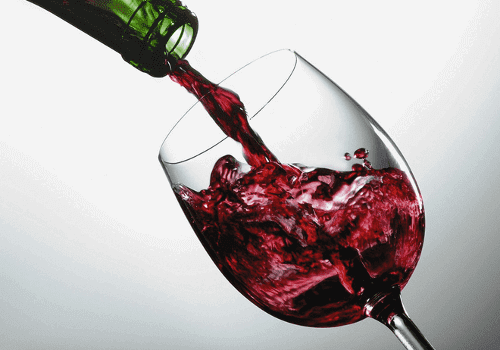
In this type of drink, the distillation process eliminates any traces of gluten.
Meanwhile, people that don’t want to give up beer can enjoy plenty of other gluten-free varieties.
5. Don’t eat pre-cooked foods
You should always avoid pre-cooked and processed foods. Eating processed foods has risks. Although it might seem like pre-cooked foods don’t have gluten in them, they could have gluten as an additive.
The law requires companies to specify what types of flours and starches they use. However, it’s best to avoid them in case of cross-contamination.
If you still decide to eat processed foods every once in a while, pay attention to the labels and what they contain.
6. Change out your wooden tools for new materials
We don’t recommend using wood in the kitchen or for tables, ladles, or knives with a wooden handle. Wood is very porous and can absorb gluten particles.
Instead, it’s better to use utensils made of metal, plastic, silicone and other materials.
Finally, remember that celiac associations are there to help you. Additionally, if you have any questions or problems, you can go to them. You can control your celiac disease if you avoid certain foods and lead a healthy lifestyle.
All cited sources were thoroughly reviewed by our team to ensure their quality, reliability, currency, and validity. The bibliography of this article was considered reliable and of academic or scientific accuracy.
- Olivencia Palomar M. P.. Enfermedad celiaca. Rev. esp. enferm. dig. [Internet]. 2005 Sep [citado 2019 Feb 07] ; 97( 9 ): 672-672. Disponible en: http://scielo.isciii.es/scielo.php?script=sci_arttext&pid=S1130-01082005000900009&lng=es.
- Kagnoff, M. Overview and Pathogenesis of Celiac Disease. Gastroenterology 2005; 128: s10-s8.
- Murray JA, Watson T, Clearman B, Mitros F. Effect of a gluten-free diet on gastrointestinal symptoms in celiac disease. Am J Clin Nutr. 2004 Apr; 79(4):669-73.
- Thomas T. Helping celiac disease patients adapt to a gluten-free diet. Community Nurse. 2000 Jul; 6(6):19-22.
This text is provided for informational purposes only and does not replace consultation with a professional. If in doubt, consult your specialist.








